Keep your eyes clean and try to stay makeup- and contacts-free
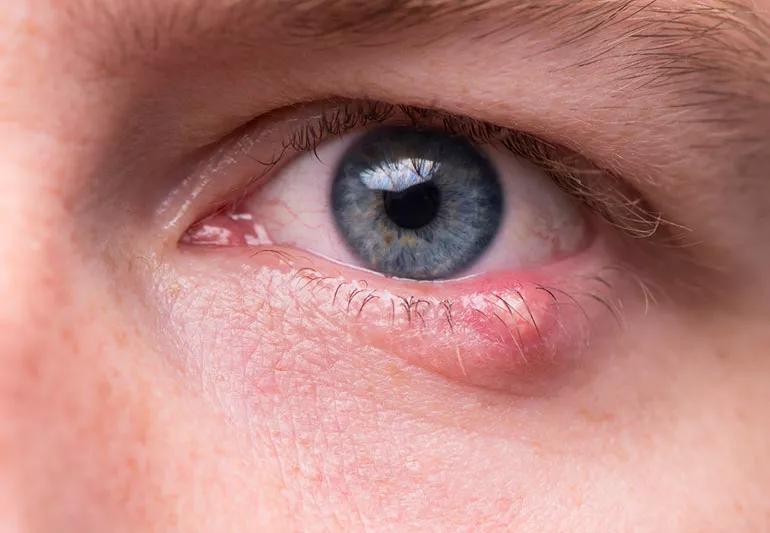
Do you sometimes get tender, red swollen bumps at the edge of your eyelids? They’re probably styes.
Cleveland Clinic is a non-profit academic medical center. Advertising on our site helps support our mission. We do not endorse non-Cleveland Clinic products or services. Policy
And although they can be painful (and almost always uncomfortable), you can take steps to avoid them. If you want to know how to make them go away, there’s good news. In most cases, you can treat them yourself at home with a little stye self-care.
Family physician Matthew Goldman, MD, explains how to get rid of a stye at home and when you need to see a doctor.
A stye is an infection in an eyelash follicle or tear gland.
If you scratch or get bacteria in the area, the follicle or gland sometimes gets blocked and infected.
“Styes typically occur on the outside edge or just under the eyelid,” Dr. Goldman says. “They’re bumps that look like pimples, surrounded by redness. They usually last about three days, pop and then heal in about a week.”
And while styes are very common, you’re more likely to get one if you:
Wondering how to treat a stye? There are a few things you can do at home to help.
“Before touching your eyes or applying any remedies, wash your hands thoroughly with soap and water,” advises Dr. Goldman.
And then try one of these home remedies:
You can help the process along by placing a warm, clean, damp cloth on the affected eye for at least 10 to 15 minutes a few times a day.
Folding up a damp washcloth and microwaving it for 10 to 20 seconds can work well. Just be careful the cloth doesn’t get too hot to use on your eyes. It’s convenient as a warm compress because as any edge of the washcloth gets too cool, you can refold for a warmer side.
“The heat allows the stye to drain on its own,” Dr. Goldman explains. “Just continue to reheat the washcloth because it will lose heat over time.”
Over-the-counter ointments and solutions are also available to treat styes, but Dr. Goldman recommends a tried-and-true, inexpensive option.
“Simply wash the eye gently with baby shampoo or a mild natural soap that doesn’t burn your eye,” he advises. “Dilute the shampoo or soap in warm water and apply to your eyelids gently with a clean cotton swab or washcloth.”
Also, to avoid further irritation and infection, he recommends not wearing makeup or contacts when you have a stye.
“You want to keep the area clean and uncovered — cosmetics and contact lenses can prevent this,” Dr. Goldman adds.
You may have seen online when looking at how to get rid of a stye that massaging the area can help with drainage. But Dr. Goldman says it’s not something he suggests doing.
“Massaging the area to help drainage is not generally recommended for someone to do at home,” he says. “Although massage may provide temporary relief, it should be done under the guidance of a healthcare professional and with caution. Sometimes, massage in the area can make the condition worse or lead to complications by increasing the risk of spreading the infection or causing damage to the surrounding tissues.”
Additionally, you may have seen people touting the use of coconut oil to help with a stye.
“Coconut oil is not a standard recommended approach for stye management,” he warns. “There is limited scientific evidence to support the use of coconut oil for treating styes. Although coconut oil has antimicrobial and anti-inflammatory properties that may have potential benefits, additional studies are needed to determine its true efficacy.”
If you’re wondering how to get rid of a stye fast, you may be tempted to pop it. As styes often look like pimples, it can be tempting to squeeze them — but don’t do it.
“When a stye comes to a head or when it pops, it will slowly drain and heal, but you should always let it do that on its own time,” Dr. Goldman stresses.
Are there things you can do to prevent a stye from even forming?
Contrary to what some may believe, styes aren’t caused by stress. But some habits can make you more prone to getting styes. These habits can make a stye keep coming back or cause you to have a stye that won’t go away immediately.
To help prevent styes, follow these tips:
If you’re uncertain that what you have is a stye or it doesn’t improve within 1 to 2 weeks with home remedies, you might need more treatment.
Dr. Goldman recommends checking with your healthcare provider if:
If the infection spreads, a healthcare provider may prescribe antibiotic ointment or antibiotic drops. Sometimes, they’ll administer a steroid injection to reduce inflammation and accelerate healing.
And your healthcare provider can also confirm whether it’s a stye or something else.
“Unusual bumps on the eyes that aren’t red or painful are likely other harmless issues like chalazion (a firm lump in an oil gland in the eyelid) or fatty deposits known as xanthelasma,” clarifies Dr. Goldman. Like styes, a chalazion usually goes away on its own.
Xanthelasma, harmless yellow bumps that are either on your eyelid skin or near it, aren’t harmful but are sometimes unsightly, and a healthcare provider can remove them.
More rarely, skin cancer can sometimes cause bumps in the eye area.
“Styes are generally easily managed and are usually an annoyance rather than a major problem,” Dr. Goldman says. “But if they don’t go away or you have other unusual symptoms, talk to your doctor.”
Learn more about our editorial process.
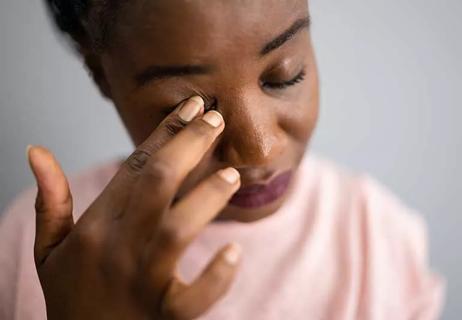
Doing so can cause a severe infection, damage to your eyelid or even a corneal abrasion
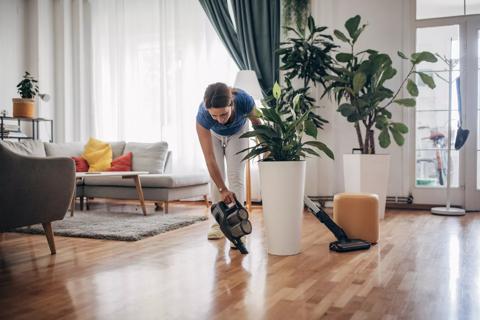
Preserving your social life and protecting your mental health are key to living well with vision loss
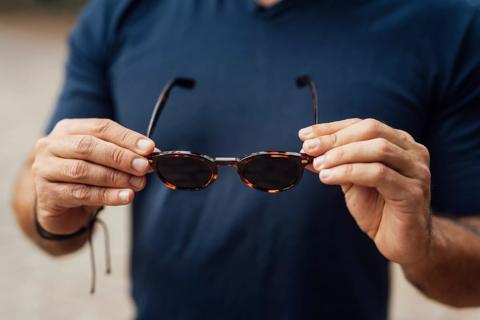
Start low-vision rehabilitation as soon as possible and see your retina specialist at least every six months
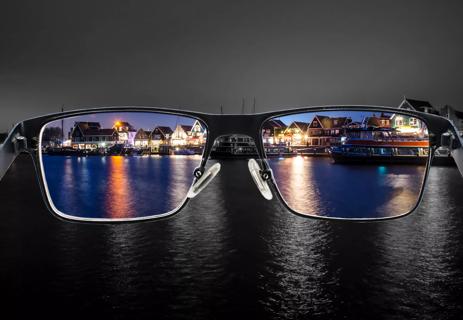
These trendy glasses might brighten some shades and help you see the difference between colors or brightness of hues, but they won’t cure your color vision deficiency

Eye drops and cold water rinses can help speed up healing for viral and allergen-related conjunctivitis, but a bacterial infection will need antibiotics
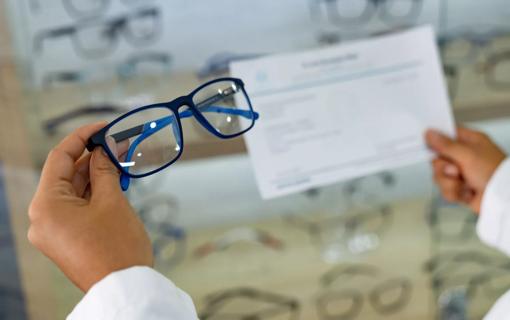
Your eye prescription reveals a lot about your eye health, including how they’re shaped, how well you see and what your new glasses can do for your sight
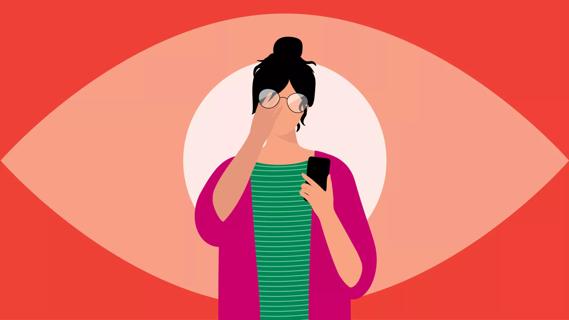
From scratching your cornea and tearing your retina to introducing allergens and causing infections, pawing at your peepers just doesn’t pay off

It’s critical to have the proper eyewear if you plan to look up at the sun, especially during the total solar eclipse on April 8, 2024

Your metabolism may torch 1,300 to 2,000 calories daily with no activity

A gentle touch in all the right places may help drain your sinuses